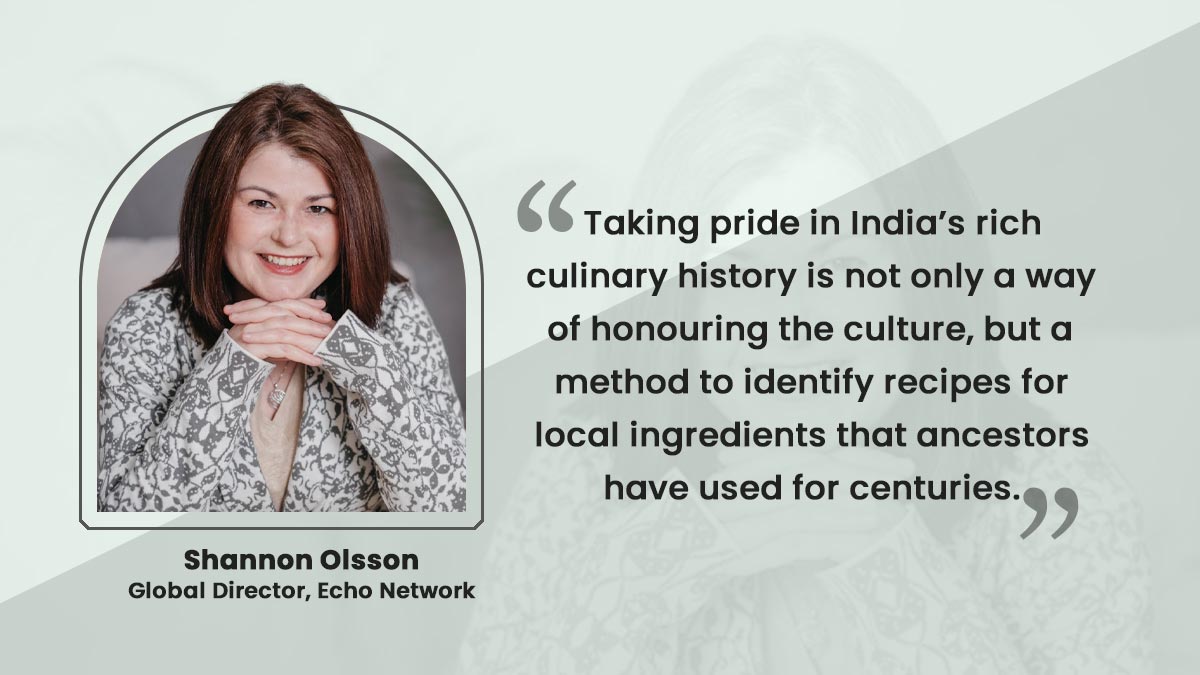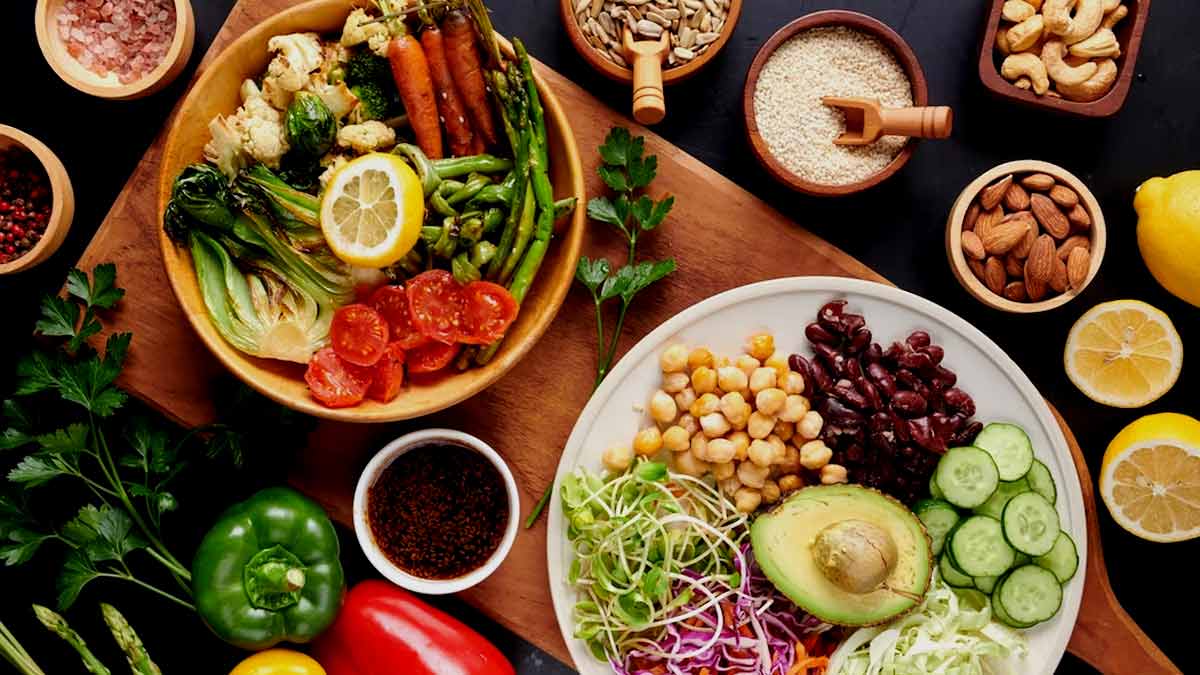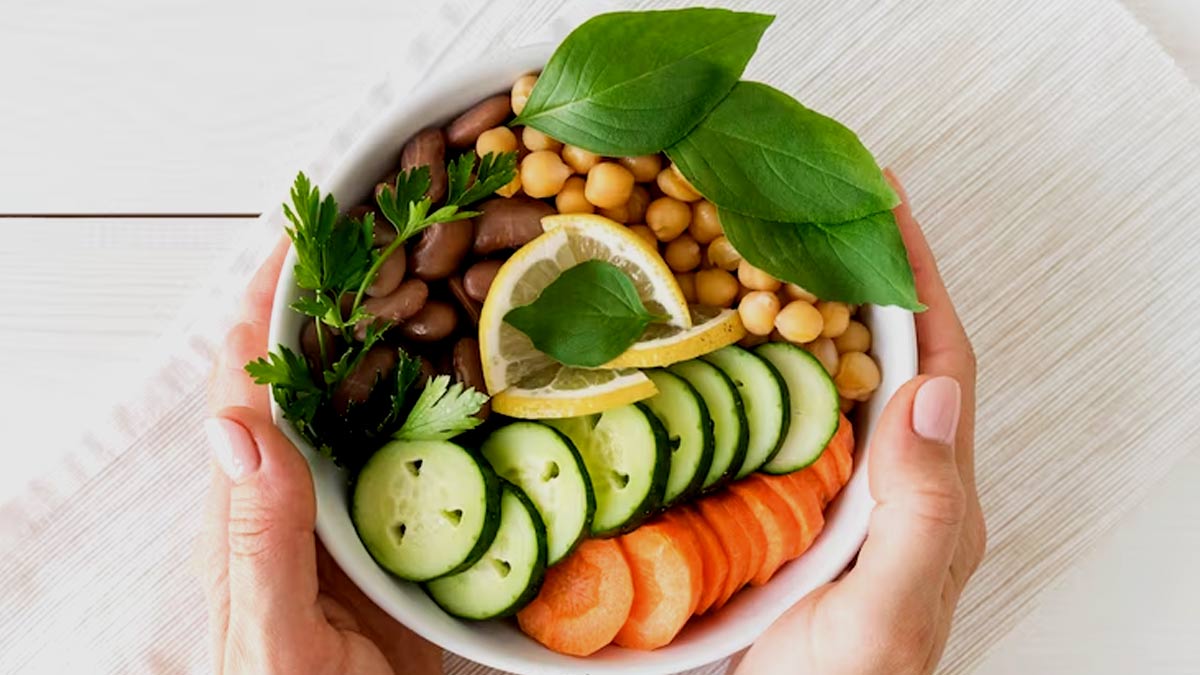

While taste and texture is what we seek in different foods, nutrition is something that is the most important. With modernisation and global market advancements, everything is at the tip of our fingers, but how well are we utilising the nutritional resources available? Shannon Olsson, Global Director at the Echo Network, Bengaluru, says, “Nutrition is still often discussed as what is good for the human body. But science is showing us that it is important to think of nutrition as not just what we put into our bodies, but how it gets to us. In the age of climate change, it is as important to consider the source and nature of our food as it is for the nutrients it contains.”
In an interaction with the OnlyMyHealth team, Olsson throws light on how young Indian masses can get maximum nutrition from their food sources.
Also Read: Sabudana Is A Popular Indian Fasting Staple: But Should Diabetics Consume It?
How To Maximise Nutrition In Indian Youngsters

 India has a very high burden of micronutrient deficiency diseases, such as anaemia, vitamin A deficiency, iodine deficiency disorders, and more, says the Food Safety and Standards Authority of India (FSSAI). According to a study published in the Indian Journal of Endocrinology and Metabolism (IJEM), 47% of the north Indian population is deficient in vitamin B12 which included a higher percentage of diabetic patients.
India has a very high burden of micronutrient deficiency diseases, such as anaemia, vitamin A deficiency, iodine deficiency disorders, and more, says the Food Safety and Standards Authority of India (FSSAI). According to a study published in the Indian Journal of Endocrinology and Metabolism (IJEM), 47% of the north Indian population is deficient in vitamin B12 which included a higher percentage of diabetic patients.
Olssen says, “Indians are fortunate to live in the largest fruit and vegetable-producing country in the world. In any season, local grains, fruits, and vegetables are available. These fresh items are not only more nutritious than items shipped and stored from far-off places, but they are also better for the environment and the local economy.”
“Our Sustainability Ambassadors have found that linking nutrition to regional and seasonal food production helps the entire value chain. The food is healthier, the land is healthier, and the local economy is improved,” she adds.
Some of the ways to maximise nutrition among Indian youngsters include:
Education and awareness

One should be aware about the importance of a balanced diet and its impact on health. Attending workshops, seminars, and educational sessions in schools, colleges, and community centres can help teach youngsters about nutrition, food groups, portion sizes, and the benefits of eating a variety of foods.
Also Read: Is Your Heart In Good Shape? 5 Important Tests That Can Tell You
Involve parents and guardians
Parents and guardians need to be more educated and aware about proper nutrition and involve them in promoting healthy eating at home. Parents play a crucial role in shaping their children’s food choices, so providing them with resources and knowledge is vital.
Make healthy food accessible and affordable

Address food accessibility and affordability issues by encouraging the availability of nutritious foods in local markets and ensuring that healthy options are reasonably priced. This can be achieved through partnerships with farmers’ markets, community gardens, and food co-operatives.
Olssen also recommends making traditional Indian foods aspirational for the youth. “Taking pride in India’s rich culinary history is not only a way of honouring the culture, but a method to identify recipes for local ingredients that ancestors have used for centuries. Old is not just new again, it is essential for the future health of India and our planet,” she concludes.
اكتشاف المزيد من ينبوع المعرفة
اشترك للحصول على أحدث التدوينات المرسلة إلى بريدك الإلكتروني.
